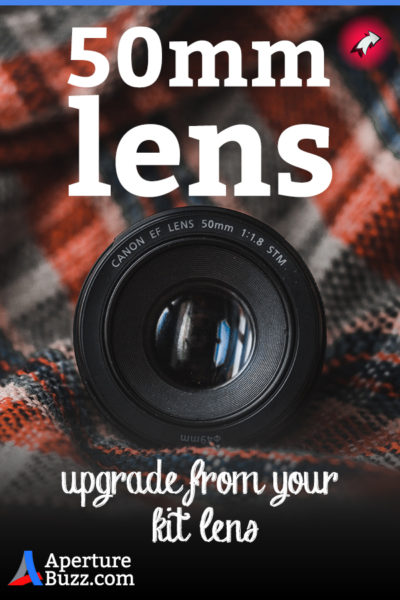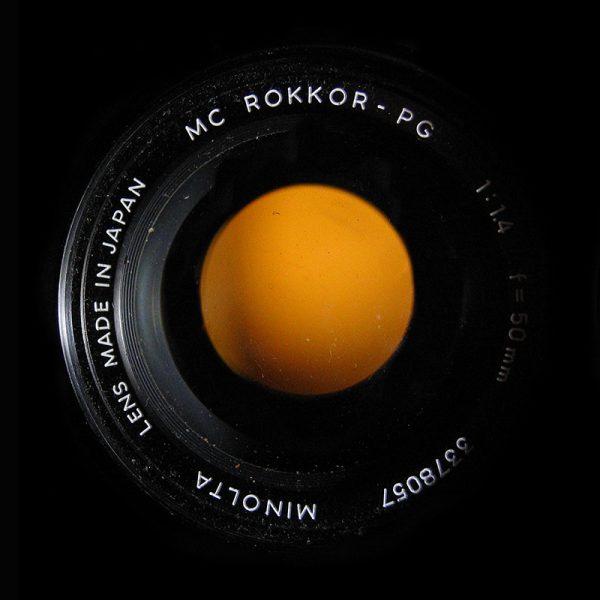So you bought a new camera with the kit lens sometime back. Absolutely loved it and now want to pursue photography further. You want to make your next purchase but don’t know what that might be. Scouring through many online forums and facebook groups, you have learnt that buying a lens is a much better investment than a new body.
But which one?
Well, I think I can help you with that. Say hello to the jack of all trades, the ever humble ‘Nifty Fifty’.
We photographers refer to the classic 50mm prime lens as the ‘Nifty Fifty’. ‘Nifty’ because it is one of the most versatile, sharp, all-round lens that you are probably ever going to come across. And ‘Fifty’ because, well, it has a focal length of 50mm, that’s why.
Couple it with the fact that it is so cheap and it simply is a must buy, period!
Still not convinced? Okay. So, let me list all the qualities that still make me fall in love with this lovely piece of glass every day, in a new way, and maybe you would sway.
Excellent Trainer
If you are still new to photography and trying to learn more about it, the 50mm lens is your friend. Like I said before, it is a prime lens. This means it is of a fixed focal length (50mm). It has no zoom unlike the kit lens that came along with your camera.
The reason why a prime lens helps you learn more and faster is because it forces you to move. Move in position for you to get the best shot and move in spaces that you simply wouldn’t have ventured into if you had a zoom lens. This is possibly the best known way to train your eyes. If you keep at it for long, over time you develop this sense of how your camera perceives things and even without taking an actual shot, figure out if a scene would make for a good image or not. That is the ultimate skill that you can have as a photographer.
Pro Photographer Territory
A simple 50mm lens lends you so much insight into a world which has quite a hefty price tag attached to it. If you have been on YouTube or have read online blogs for long, you are almost certain to find a few lenses which are very popular among the pros. For example, the 24-70mm f/2.8, the 70-200mm f/2.8, and the 85mm f/1.2.
These lenses are very costly indeed and are probably out of your budget for now (since you just started). The main reason why these lenses are so costly is the aperture value they are able to shoot at. As you already know a smaller aperture value lets you shoot with a much smaller depth of field. This makes your subject stand out from the smooth blurry background and look really impressive. The images look much more personal too.
A larger aperture (smaller aperture value) also allows a ton of light to enter the camera, making shooting in low light conditions a breeze. Most kit lenses have an aperture range of 3.5-5.6. That is a much smaller opening and a lot less light to play with. For a scene like a concert where there is a lot of movement and very little light, it is very difficult to get a shot without motion blur using the kit lens. A 50mm is a godsend in those scenarios.
Versatility
If there ever was a “jack of all trades” lens, this would surely be it. It is good for nearly anything you throw at it. Sure there are situations where a 50mm lens wouldn’t do the job. But for most photographers and for most images, it does fairly well.
The 50mm focal length is what we could call “normal”. On a full frame camera, a 50mm lens produces a field of view which is the closest to the human eye. So basically what you see with your eyes is what you probably would get as the final image. Neat!
The lens itself is light and small in size. You can carry it all day on your vacation and never feel like you are lugging a gigantic piece of machinery on your neck. It can shoot various types of photos (portraits, landscapes, snapshots). The focal length is just about right. Not too wide and not too long. It can deal with an extensive range of intensity of light. From the bright midday sun to the late night dinner in a dimly lit restaurant. It can handle it all. What more can you ask of it now?
Video
Ah yes, I almost forgot. You can shoot crispy videos with it too. It has very good color reproduction, clarity, and sharpness, even when shooting video. You may not be able to use the shallow depth of field without a ND filter in most cases but then that is only in very bright light.
If you are wondering how a ND filter might help to shoot videos, you should read this: Neutral Density Filters | All You Need To Know
Quick Autofocus
Every manufacturer (Canon, Nikon, Sony, Fuji) has its own version of the ‘Nifty Fifty’. Some of the most popular lenses are:
Canon EF 50mm f/1.8 STM (Approx. price: 8200 INR, $125)
Nikon AF-S 50mm f/1.8G (Approx. price: 10,000 INR, $150)
Sony FE 50mm f/1.8 (Approx. price: 21,000 INR, $248)
All of the lenses above come with a built-in autofocus motor. So even if you have an older camera which doesn’t have an autofocus motor in the camera body itself, you can still use autofocus with these lenses. Just before you buy one, make sure the lens has the same lens mount as your camera body. You may want to read this for more information: Lens Mount | What You Should Know Before Buying A New Lens
Since the construction and make of these 50mm prime lenses are so simple, the autofocus systems installed are very quick and responsive. Faster autofocus, better images.
It’s Cheap
For what it does and the optical output it creates, a 50mm f/1.8 lens is an absolute steal at that price. It is far cheaper than a lens with similar speed but a little different focal length. And to top it all, it would help you learn a lot about photography; now that you need it so bad. If you use it well and keep learning from it, you will learn to understand light and composition (the basics) in very little time.
One Last Thing
I hope you already know this, but in case you don’t, let me tell you this. A 50mm lens would act like a 50mm lens ONLY when it is used with a full frame camera.  The same lens, when attached to a crop sensor camera body, will have a narrower field of view and will in essence NOT be a 50mm lens anymore.
The same lens, when attached to a crop sensor camera body, will have a narrower field of view and will in essence NOT be a 50mm lens anymore.
For example:
- Nikon: Nikon crop sensor camera bodies (DX format) have a magnification of 1.5X. This means that the 50mm lens will behave like a 75mm (50 X 1.5) lens when attached to a crop sensor body such as the Nikon D90.
- Canon: Canon has an even higher magnification of 1.6X for its crop format bodies (APS-S size sensor). So, in this case, the lens would have a field of view matching that of an 80mm (50 X 1.6) lens.
I would highly recommend the 50mm as the second lens you should buy after the kit lens. Give it a try. I am pretty sure you will not be disappointed. If you have access to a camera store where you can go and try lenses, do it already. Many online camera equipment stores rent lenses too; you could try that as well. Take the lens, go high and wide and shoot whatever you want. You might just find a new best friend.
Keep shooting amazing.


I am new in photography but I love my 50mm lens ,it is amazing for portrait.(I am new about the new camera whit much many titles.I am 72 years old and not good in English so I bought a Canon 6 D II and I am doing photography from every where and everything and everyone .????????????????????❤️